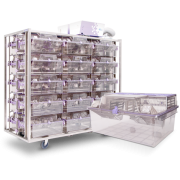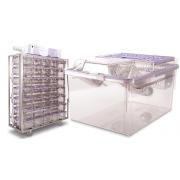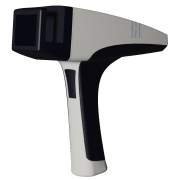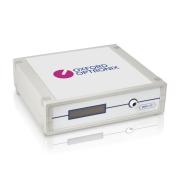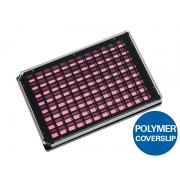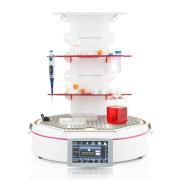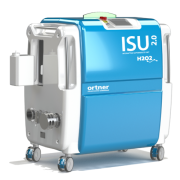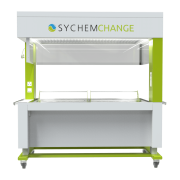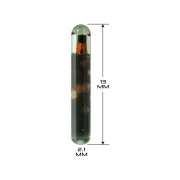Animal models - New SRG model rat with triple immunodeficiency
How is the SRG different than the nude rat?
Compared to the athymic nude rat which is only T-cell deficient, the SRG lacks T-, B-, and NK cells, resulting in an immunodeficient phenotype similar to the NCG mouse.
How many tumor cells do I need for my xenograft studies?
Hera Biolabs suggests performing a quick tumor growth pilot study with a couple of different cell numbers to determine cell number and concentration needed for optimal engraftment. But for robust tumor types, using a starting inoculation cell concentration/amount typically used in mice would work well.
Up to 10 million cells/animals can be used for difficult or slow growing tumors. For implantation of solid tissue, it is recommended that the starting tissue piece be 2mm x 2mm x 2mm (8mm3).
How large can a tumor grow?
Please refer to your institution's animal care and use committee for guidance on humane endpoints regarding tumor burden. Based on Hera Biolabs’ experience, tumors can reach larger than 20,000 mm3 in volume.
Can SRG rats be humanized?
Yes. SRG rats can be humanized. In a recent study, researchers were able to transplant full-thickness human skin and autologous lymphoid tissue into SRG rats and demonstrate humanized lymphoid tissue in the transplant-bearing rats.
Read the article Development of humanized mouse and rat models with full-thickness human skin and autologous immune cells
Sci Rep 10, 14598 (2020); Agarwal, Y., Beatty, C., Ho, S. et al
Are there any licenses or conditions for use the consider when using the SRG rat?
Please refer to Hera BioLabs' Conditions of Use.
How was the SRG rat created?
The SRG rat was created with an 8bp and 16bp deletion in the Rag2 (recombination activating 2) and Il2ry (interleukin 2 receptor gamma) genes respectively in a Sprague Dawley rat. The combined mutations resulted in a loss of mature B, T, and NK cells.
Do SRG rats require a special diet or housing conditions?
SRG rats should be housed in IVC cages or barrier facilities with standard provisions and precautions given to other similarly immunodeficient strains. Irradiated or sterilized rodent chow should be used. The immunodeficient phenotype of the SRG rat leads to a susceptibility to opportunistic pathogens which should be taken into consideration, as is the case with any immunodeficient strain. Other than that, the SRG does not require any special diet or care and maintenance procedures once housed in a suitable facility.
Are there any known health conditions that one would need to be aware of for SRG rats?
SRG rats may develop bilateral corneal opacities at a low frequency. Upon gross examination, the opacities appear white and may be accompanied by mild vascularization. The overall health of animals does not seem to be impacted.
SRG rats have also been observed to develop esophageal impaction and megaesophagus in approximately 5% of animals. Clinical signs of megaesophagus are acute in nature and ante-mortem clinical signs include open mouthed breathing and porphyrin staining. On necropsy, the esophagus is generally dilated and impacted with ingesta. There are no known mitigation strategies currently during regular husbandry. During shipping, pelleted feed should be replaced with diet gel and environmental enrichment such as nestlets or tissues in cages should be avoided.
V.1.0 – This information was updated on 04/15/2022.
Original article is published on Charles River website here.

